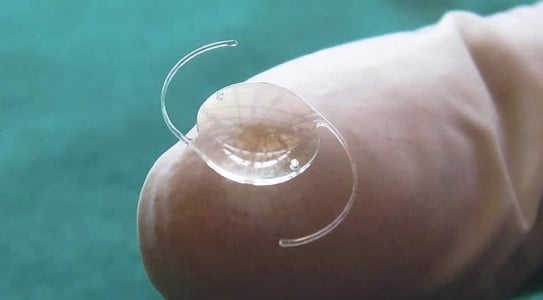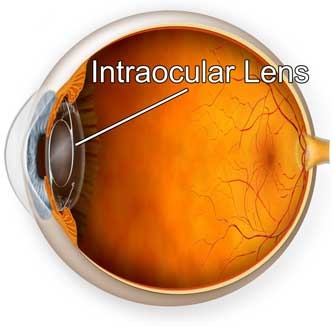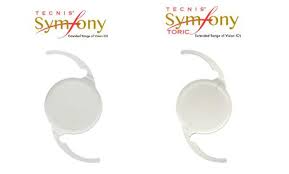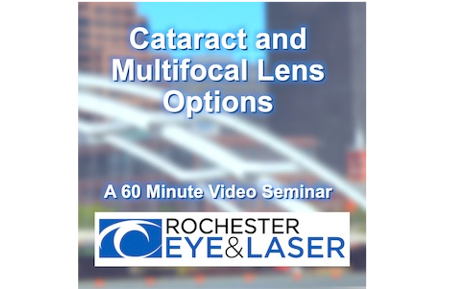If you are having cataract surgery you'll want to know about IOLs
IOL stands for intraocular lens, and it’s a medical device that replaces the lens of your eye after it’s removed during cataract surgery. There are...
1 min read
 The Rochester Eye & Laser Team
:
Mar 7, 2018 6:07:00 AM
The Rochester Eye & Laser Team
:
Mar 7, 2018 6:07:00 AM

What the heck is an IOL?
 Available since the early 1980's, lens implants or as they are known in the ophthalmic world, Intraocular Lenses or "IOLs", began a major shift in the surgical treatment of cataracts. Previously, having cataracts removed meant eye drops, thick glasses and a significant amount of recovery time. In traditional cataract surgery, the eye's natural lens was removed completely. With nothing available to replace that lens, the eye had no natural focusing ability.
Available since the early 1980's, lens implants or as they are known in the ophthalmic world, Intraocular Lenses or "IOLs", began a major shift in the surgical treatment of cataracts. Previously, having cataracts removed meant eye drops, thick glasses and a significant amount of recovery time. In traditional cataract surgery, the eye's natural lens was removed completely. With nothing available to replace that lens, the eye had no natural focusing ability.
Basic, Spherical IOLs (uniformly curved, unlike the eye's natural aspherical shape) are now a standard part of modern cataract treatment. However, advancements in IOL technology have led to Premium IOLs with a variety of advanced features. The type of IOL that's right for you will depend on your lifestyle, vision goals and your specific needs. You should discuss your options with your Ophthalmologist, but here are the basics on what is available.
Aspheric IOLs
The human eye is not completely round, the eye's natural curvature varies slightly from its center to its periphery. Aspheric IOLs are curved in accordance with the eye's natural shape. Selecting an aspheric lens option over a basic IOL improves vision in low light situations and decreases the chance of abberrations and optical imperfections. Toric IOLs
Toric IOLs
Toric IOLs are designed to correct astigmatism, nearsightedness and farsightedness with different powers at different meridians of the lens. These IOLs have alignment markings, allowing the surgeon to adjust the orientation, optimizing the vision outcome. Prior to Toric IOLs, the procedure involved making a corneal incision to correct an astigmatism.
Accomodating IOLs
Accomodating IOLs have haptics or tiny flexible little legs that hold the IOL in place. These allow the lens to move forward slightly, to focus on objects up close. Accomodating IOLs generally reduce the need for reading glasses and expand the range of vision, offering exceptionally clear distance vision too.
Multifocal IOLs
Multifocal IOLs work in much the same way as multifocal contact lenses. These IOLs have different magnification strengths at different points of the lens. As a result of the differences in magnification strength, patients are able to see more clearly at a range of distances.
Talk to your Cataract Surgeon about your Options
Schedule your appointment at the Rochester Eye & Laser Center, where you will meet with Dr. Ken Lindahl, the #1 Femto Laser Bladeless Cataract Surgeon in the Rochester area, for a comprehensive exam and discuss which IOL option will work best to optimize your vision outcome.

IOL stands for intraocular lens, and it’s a medical device that replaces the lens of your eye after it’s removed during cataract surgery. There are...

Undergoing cataract surgery opens up a world of new possibilities - from ditching your glasses to effortlessly navigating night drives once again. ...

In this video Kim Fullone, Former Director of Clinical Services, and Dr. Ken Lindahl explain Cataracts, Cataract Surgery, newer LASER cataract...